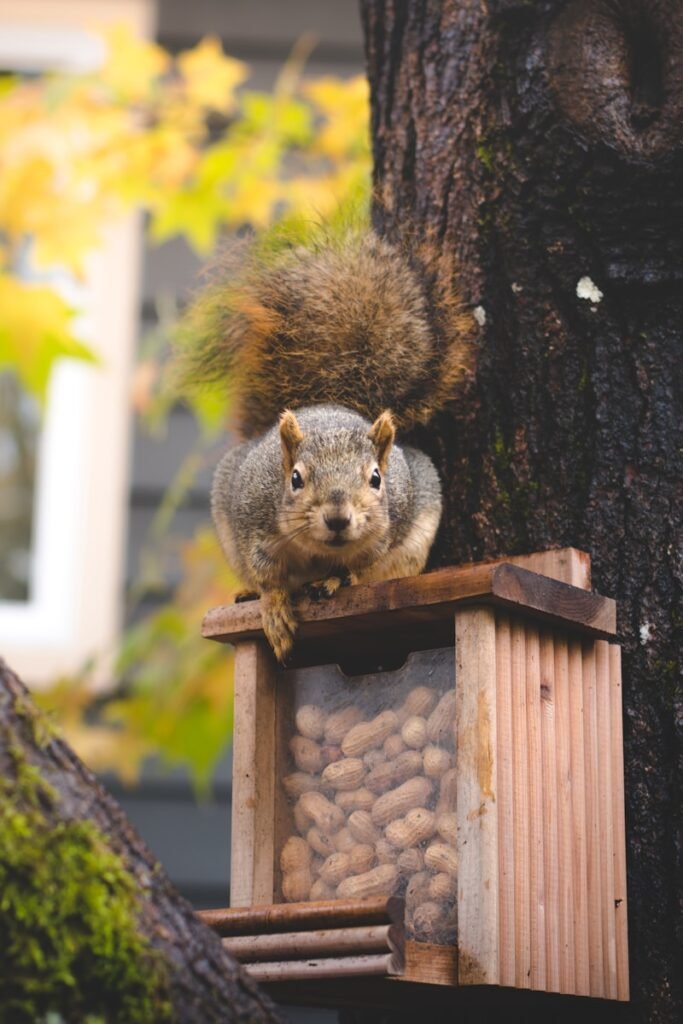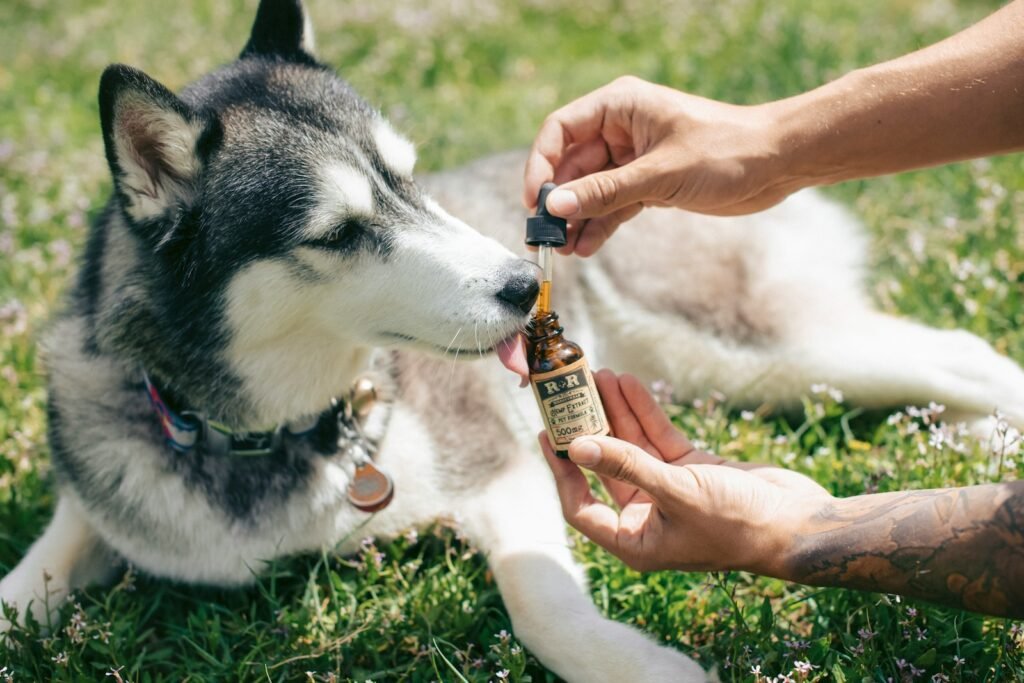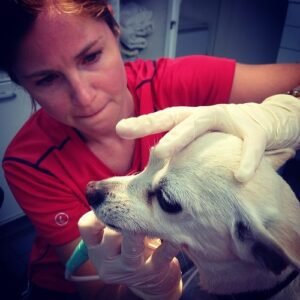Late spring, summer, and early fall are usually the months when fleas and ticks are at their worst. Some areas have nice climates year round, these areas have year round fleas as well.

Your dog may be an inside dog; that does not mean that he is immune. Just taking your dog out to use the bathroom can start a flea infestation. A variety of other animals (stray cats and dogs, squirrels, etc) comb neighborhoods. These critters can very easily drop unwanted visitors at your door, literally.
There are products on the market to help control the pests that get on your animal (see here) as well as those that get in your yard. Trial and error, and also your vet, will help find the best dog safety products for you to use
Home Maintenance

You also need to do some other ‘home maintenance’ things. Some of these include:
1. Anything your pet spends much time on should be cleaned as best it can. For instance, if he uses his own bed, wash it in hot water and dry on high heat. If he spends time on the couch, vacuum it regularly (your vet may recommend a mild pesticide be use on the couch (and other places your dog uses a lot), depending on infestation and severity.
2. Vacuum your entire house, washing any throw rugs. Often flea eggs are dropped from the pet into the carpet through shedding. Just because they are no longer on your dog doesn’t mean that they are not viable. These eggs will hatch and grow just as they would if they were on your dog.
3. Brush your dog frequently. Combs designed for lice removal in humans make excellent combs for flea and flea egg removal in short-haired dogs. Longer hair is more difficult unless you have a very passive dog that will allow you to comb down to the skin with the tiny combs but are better done with flea combs designed for dogs. Bathing should be done at least bi-weekly and a good conditioner (oatmeal-based is great) should be applied to help sooth your dog’s skin.
4. Keep your lawn mowed. Believe it or not, this helps with flea infestation.
Getting Your Dog’s Liquid Medicine Down

Face it, there are times that we have to medicate our dogs. Usually it’s just not much fun: flailing legs, squirming bodies, and twisting heads are not a joyful experience for either one of you. These tips should help you accomplish this feat. Remember to follow all medication instructions and dosage requirements.
1. Have a treat ready if the medication doesn’t have to be taken on an empty stomach.
2. Measure the medicine into the dropper.
3. Sooth your dog through calm movements and soft words.
4. Wrap one arm around the dog’s neck, between your thumb and first finger, take hold of the lower jaw.
5. Tilt the nose up, but not straight up.
6. Insert the dropper’s tip toward the back of the cheek without opening the mouth.
7. Slowly squeeze the dropper’s ‘bubble’ letting a constant, slow flow of the medication into your dog’s mouth. He will swallow instinctively.
Extra Tips

In case your dog is a bit harder to control.
1. Flailing dogs can be wrapped in towels (or blankets for larger dogs).
2. Give high praise and a treat when the process is over (as long as the medication does not need to be taken on an empty stomach).
3. Keep the dog’s body in front of you.
4. Use flavor on pet medications. Make sure it’s a safe flavor addititve for your dog.
5. Use a veterinarian. If in doubt, have a veterinarian perform this service!
High praise for anything good always reinforces good behavior, so every successful attempt should be treated as an exceptional feat for him. He will continue to improve, eventually making the process quite simple.







